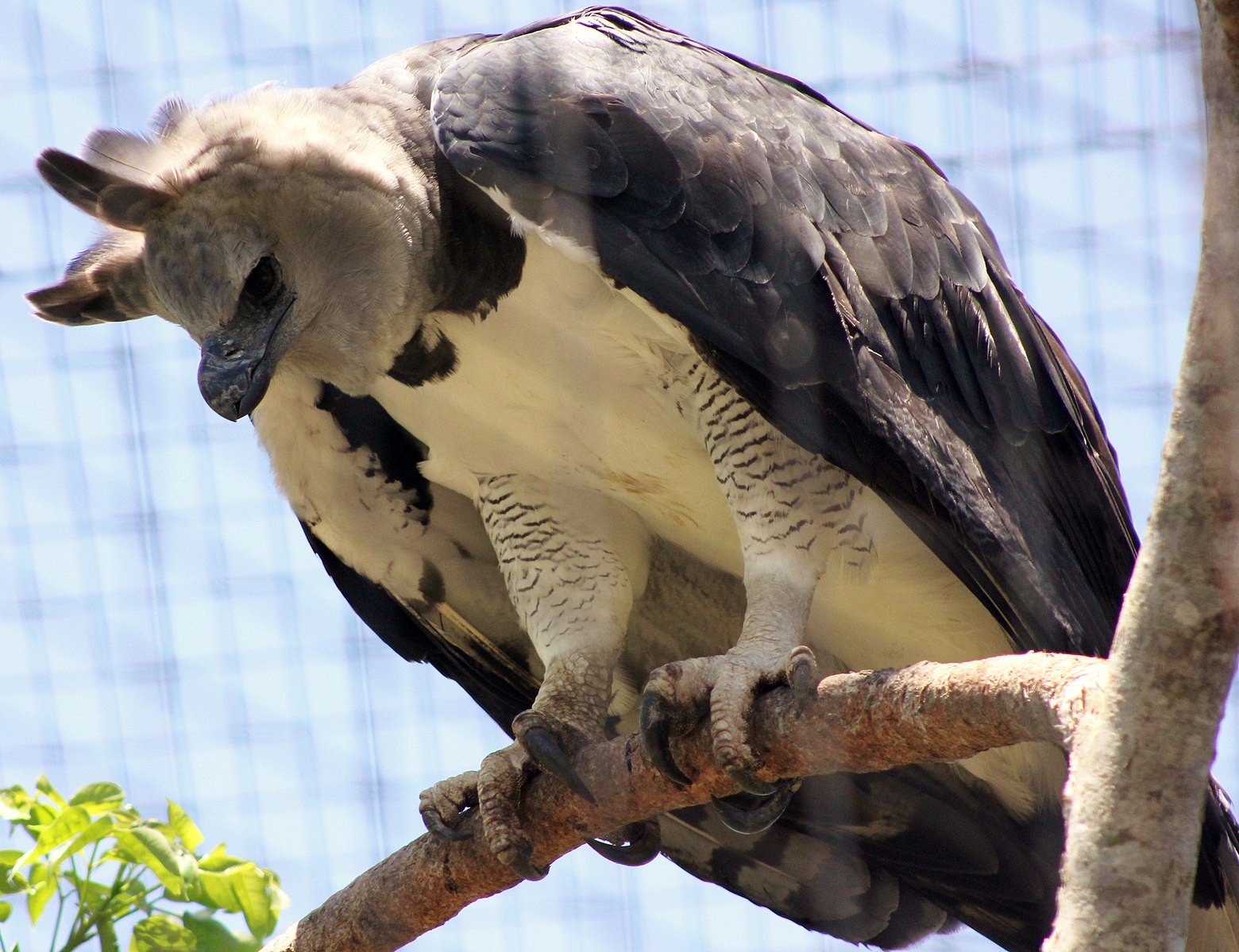Harpy eagles, the apex predators of the tropical rainforests of Central and South America, maintain their diverse diet throughout the year, including the winter months. These majestic birds of prey primarily feed on a variety of mammals, birds, and reptiles, with a particular preference for medium-sized canopy-dwelling creatures.
The Harpy Eagle’s Winter Diet
During the winter season in their tropical habitats, harpy eagles continue to rely on their primary food sources, which include:
-
Monkeys: Harpy eagles are known to prey on various monkey species, such as howler monkeys, spider monkeys, and capuchin monkeys, which are abundant in the rainforest canopy.
-
Sloths: These slow-moving arboreal mammals are a staple in the harpy eagle’s diet, providing a reliable and nutrient-rich food source.
-
Opossums: Harpy eagles often target these nocturnal marsupials, which can be found in the upper levels of the rainforest.
-
Other Mammals: Harpy eagles may also hunt other medium-sized mammals, such as anteaters, kinkajous, and coatis, depending on their availability in the local ecosystem.
-
Birds: While mammals make up the bulk of their diet, harpy eagles will also prey on a variety of bird species, including macaws, toucans, and large parrots.
-
Reptiles: Harpy eagles are known to hunt and consume reptiles, such as iguanas and snakes, that inhabit the rainforest canopy.
Hunting Strategies and Adaptations
 Image source: Harpy Eagle by cuatrok77
Image source: Harpy Eagle by cuatrok77
Harpy eagles are skilled and powerful predators, with several adaptations that enable them to thrive in their tropical environment, even during the winter months:
Exceptional Eyesight and Hearing
Harpy eagles possess a unique facial disk, similar to owls, which helps to direct sound to their ears and enhance their ability to locate prey within the dense rainforest understory.
Powerful Talons
The harpy eagle’s talons can exert several hundred pounds of pressure, allowing them to easily grasp and carry away their prey, even medium-sized mammals.
Central-Place Foraging
Harpy eagles are central-place foragers, meaning they maintain a home base (their nest tree) and travel to distant foraging locations to hunt. This strategy allows them to maximize their foraging efficiency and take advantage of the nutrient-rich resources around their nest.
Breeding Cycle
Harpy eagles have the longest breeding cycle of all birds, with eaglets being cared for by their parents for 30-36 months. During this time, the adults bring a steady supply of prey to the nest, ensuring a consistent food source for their young.
The Importance of Harpy Eagles in the Rainforest Ecosystem
As the apex predators of the tropical rainforest, harpy eagles play a crucial role in maintaining the balance of the ecosystem. By preying on a variety of medium-sized canopy-dwelling creatures, they help to regulate the populations of these animals, preventing any single species from becoming overly dominant.
Moreover, the nutrient-rich excreta of harpy eagles taint the surrounding foliage and branches of their nest trees, providing a concentrated source of essential nutrients for the rainforest vegetation. This symbiotic relationship highlights the importance of harpy eagles in the overall health and productivity of the tropical rainforest ecosystem.
Conclusion
Throughout the year, including the winter months, harpy eagles in the tropical rainforests of Central and South America continue to thrive on a diverse diet of mammals, birds, and reptiles. Their exceptional hunting abilities, adaptations, and central-place foraging strategies allow them to maintain their position as the apex predators of their domain, playing a vital role in the delicate balance of the rainforest ecosystem.
References:
– https://denverzoo.org/ursula/
– https://birdfact.com/articles/what-do-harpy-eagles-eat
– https://www.ncbi.nlm.nih.gov/pmc/articles/PMC10023775/
– https://www.ecowatch.com/harpy-eagles-deforestation-2653629790.html


